Plan It Wild in The New York Times: Making Rewilding Mainstream
We’re excited to share that Plan It Wild was recently featured in The New York Times in a story about how we’re helping people reimagine their lawns and gardens. The article, In This Class, the Teacher Wants You to Be Wild, highlights our efforts to make ecological landscaping fun, accessible, and practical for everyone.
The piece spotlighted the Less Lawn, More Life Challenge, which began as a local experiment and has since grown into a nationwide movement with nearly 10,000 participants from 49 states. What started as a small pilot project in 2023 has become an on-demand program that allows anyone to learn how to make their yard healthier for both people and wildlife.
At the heart of the challenge is the Wildr Score, an interactive self-assessment we developed with input from partners like the Vermont Center for Ecostudies and Homegrown National Park. By answering simple questions about your yard’s plants, wildlife, and maintenance practices, participants get a snapshot of their ecological impact while also learning practical steps to improve it. Every small action counts, even a 5x5-foot patch of wildflowers can make a difference.
The Times also highlighted some of the voices that make this program special. Experts like Edwina von Gal of the Perfect Earth Project and designer Leslie Needham share ideas for making wilder yards feel intentional and welcoming, from repurposing “yard waste” into habitat to designing paths that invite people to engage with their landscapes.
The results speak for themselves. This year, 5,500 participants retook the Wildr Score at the end of the 12-week challenge, and 90 percent saw their scores improve. Many even took the next step, purchasing customized digital action plans to keep building on their progress.
For us, being featured in The New York Times is more than an honor. It’s a sign that rewilding is moving from the margins to the mainstream. Every yard has the potential to contribute to biodiversity, resilience, and beauty. And with more people joining in, those patches of habitat are connecting into something much bigger.
🌱 Read the full article: In This Class, the Teacher Wants You to Be Wild

